Alma Solis
asolis@noticiasdepanama.com
Panama Canal faces a defining moment amid a “global discussion” that precedes what could be “the most important changes the maritime sector has faced in the last 50 or 60 years.” In this context, Panama Canal administrator Ricaurte Vásquez Morales stressed the “pressing” need to seize an opportunity that, in his words, “the country has been seeking for more than 100 years.”
Speaking at a maritime‑sector event, he outlined the Canal’s vision for the future, its strategic projects and the urgency of moving forward, noting that there is a 12‑month window to take advantage of this opening.
The plan includes new ports, a gas pipeline and the development of logistics facilities around the Canal, with top priority given to the Río Indio reservoir, the Canal’s wager for supplying water to two million of Panama’s four million inhabitants while also guaranteeing the waterway’s operations.
“Because when people ask what the Panama Canal does for me—at least in this part of the country—it gives us water,” the administrator said.
Vásquez emphasized that Panama’s geographic position makes it a convergence point for discussions on international trade and the positioning of major shipping lines. For him, this “is the greatest opportunity” and underscores the need to “give value to the route.”

The challenge of remaining relevant and adding value to the route
Recalling the Canal’s journey since its transfer to Panamanian hands in 1999, the administrator highlighted past milestones: “The first Panamanian effort at the Panama Canal was to prove to the world that we could indeed do things well—and not just well, but better. And we did it.” The second challenge was “to remain relevant in international markets,” leading to the third‑set‑of‑locks expansion, a “Panamanian” investment that restored the original capital and financed the enlargement.
However, in this third decade of Panamanian administration, the challenge is greater: “integrating the Panama Canal, international trade and the benefits this represents for all Panamanians.” Vásquez Morales underscored the concept of “adding value to the route.”
He explained that the Canal’s toll structure is designed to reflect supply and demand, achieving “those revenue levels not out of whim but because they represent the concept of securing for Panama the value of the route.” Responding to global criticism of allegedly excessive charges, he argued that the toll “doesn’t even amount to one percent of the cargo’s value at the destination port.”
The urgency of water sustainability: the Río Indio lake
Water sustainability is a critical priority, tied not only to Canal operations but also to “human sustainability” in securing water for two million Panamanians. Vásquez Morales noted that, while a 50‑foot draft has been maintained, focus must shift to “the amount of cargo moved per cubic meter of water as a new productivity measure for the country’s most valuable resource.”
Within this context, the Río Indio lake project is deemed “vital for the operation not only of the Panama Canal, but especially for ensuring that Panamanians have water in the future.” The project’s land segregation was completed on 30 January and is led by engineer Ilya de Marotta, the Canal’s deputy administrator and chief sustainability officer. It is “a unique experience for the Panama Canal Authority,” as the “first large‑scale project built outside its property.”
The administrator insisted that the Panama Canal is “a responsible entity, in solidarity with people, and will ensure that everyone receives the fair treatment required now that this wealth serves not only Panama but the world.” He added: “Panamanians will succeed if we can simultaneously increase access to drinking water, guarantee water for ship transits and measurably improve living conditions for residents of the Río Indio basin. Our current job is to build trust, with community support, to advance the project. The communities must be the main beneficiaries of the Canal’s work.”
Diversification projects: energy corridor and port terminals


Although the Canal has previously sought to diversify, efforts such as the Corozal Port project faced setbacks. A Supreme Court ruling has since confirmed the Panama Canal Authority’s power to pursue such developments.
Amid new global conditions and renewed attention on Panama and its waterway, the Canal is revisiting some projects and introducing others.
“Yes, we currently have five port terminals,” Vásquez said, “but the Panama Canal owns land with potential to develop up to four more, especially on the east bank, which offers strategic connectivity advantages.”
These remain significant opportunities now before the Board of Directors, he added, seeking their backing to proceed alongside discussions of a BlackRock proposal to purchase ports worldwide, including two in Panama—one on each coast.
The Canal is also assessing ways to broaden and diversify its activities “far beyond vessel transits,” aiming at moving cargo itself to “generate greater added value, more jobs, more development, more technology and greater sophistication, all within a framework of absolute environmental sustainability, because the country depends on that environment.”
The Canal holds 22,000 hectares acquired from the central government a few years ago. Vásquez explained why: “First, to ensure the preservation and control of urban growth up to the canal bank—at least on the west bank—given our experience with urban expansion on the east bank right up to the navigation channel’s edge.”
This opens a new opportunity to put those resources to different use, he said.
“This is our current landscape. And it is the landscape that, with the actions of business chambers, Panamanians, all of you entrepreneurs, will take the Canal to the next level.” (See graphics)
Beyond water management, the Canal plans to:
-
Energy corridor (gas pipeline): The Canal has received “authorization to go to market to potentially develop a gas pipeline” for LPG and LNG. As the United States “will remain the Canal’s main customer in the foreseeable future” and these fuels are “in high demand in Asia,” the project “will drive the country’s economic growth in coming years” and is expected to be “an important source of job creation for Panamanians.”
-
Port terminals: The topic “is under discussion within the Canal’s Board of Directors.” Citing an OAS report that labels port operations a “mature business,” Vásquez noted that Panama has “properties where we can develop up to four additional terminals, especially on the east bank,” although the immediate projection is “possibly one on the Pacific and one on the Atlantic,” if market conditions allow. These projects aim to “generate greater added value, more job opportunities, more development, more technology and more sophistication, always within an environmentally sustainable framework.”
The administrator acknowledged that no tender dates have yet been set.
The “critical window” of the next 12 months
Vásquez Morales stressed the urgency of action. Asked by SNIP Noticias how much time remains to seize the opportunity, he replied: “I think the next 12 months are critical—12 critical months to decide on this country logistics strategy that revolves around the Panama Canal.” He acknowledged limits on executing multiple projects at once, so the focus is on “starting small and scaling up,” sequencing “three or four projects over the coming years” while always prioritizing the Canal’s “core business.”
He closed with a call to a “tremendous national responsibility, not only of the Panama Canal Authority and its workers, but of all Panamanians.” Citing Panama’s history as a trade hub, he spoke of today’s “unique new global relevance.”
“The message to the audience is that Panama—not only the Canal—has a unique opportunity. We are the subject of global conversation, not by design, but we are,” he said. “Panama must take an active role… Panama has waited a hundred years for this. We have to seize it now, and the window closes quickly. We need to be clear on what we want to do and when we want to do it. The time is now, and the responsibility is everyone’s,” the administrator concluded.

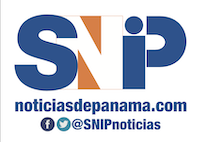

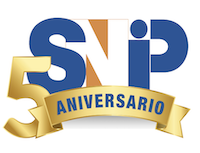


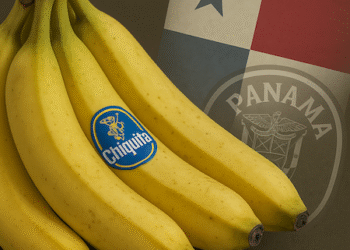
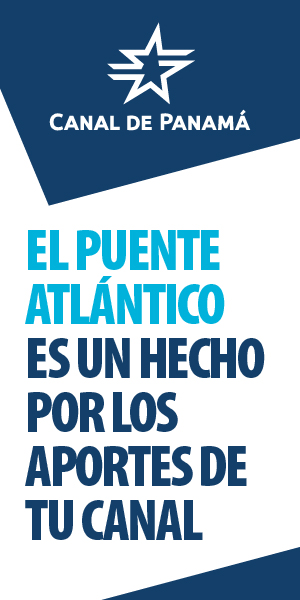
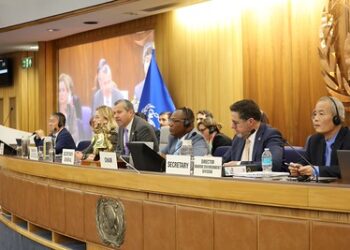
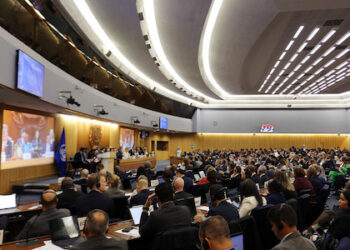
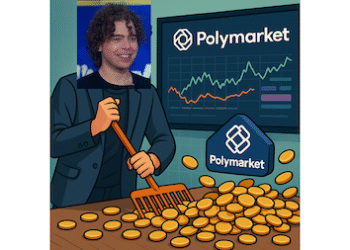

Discussion about this post